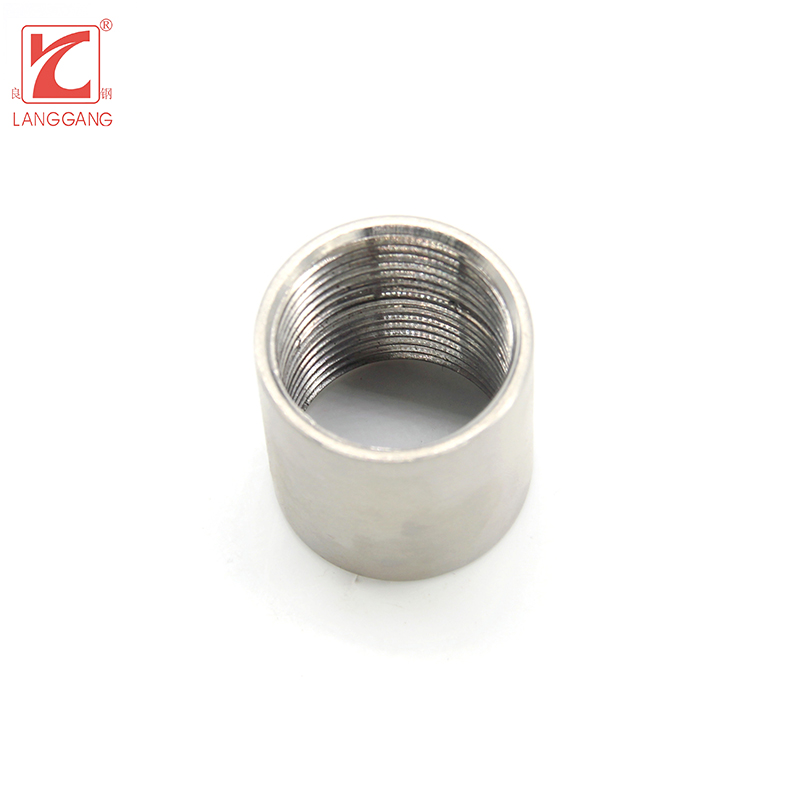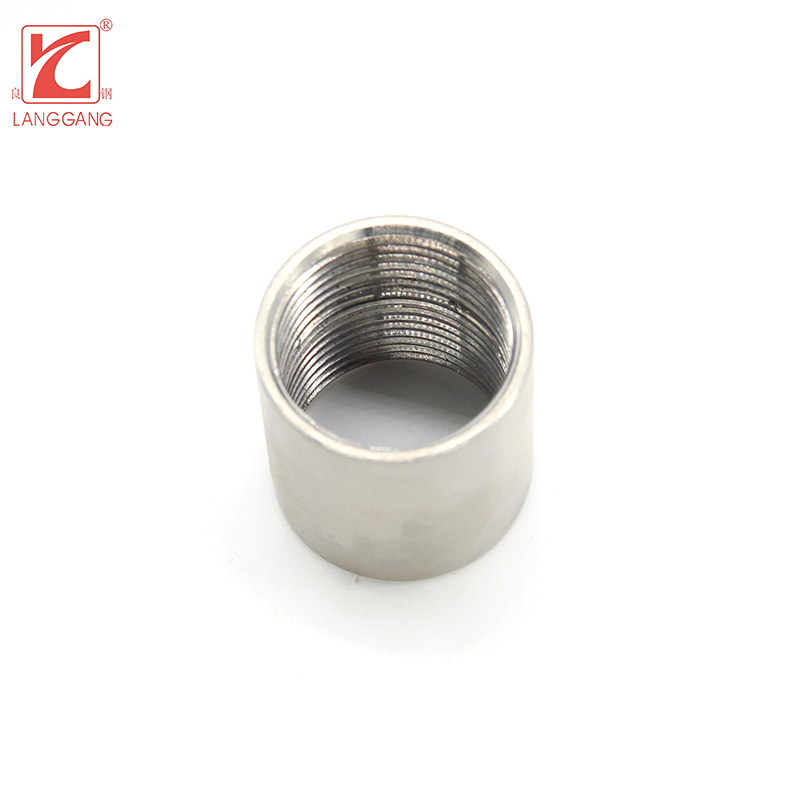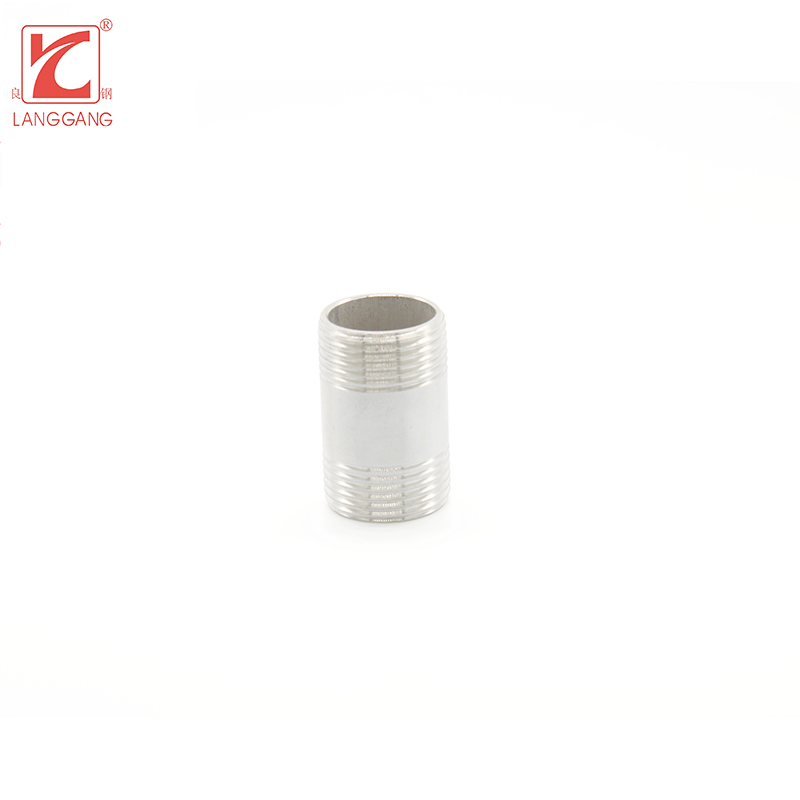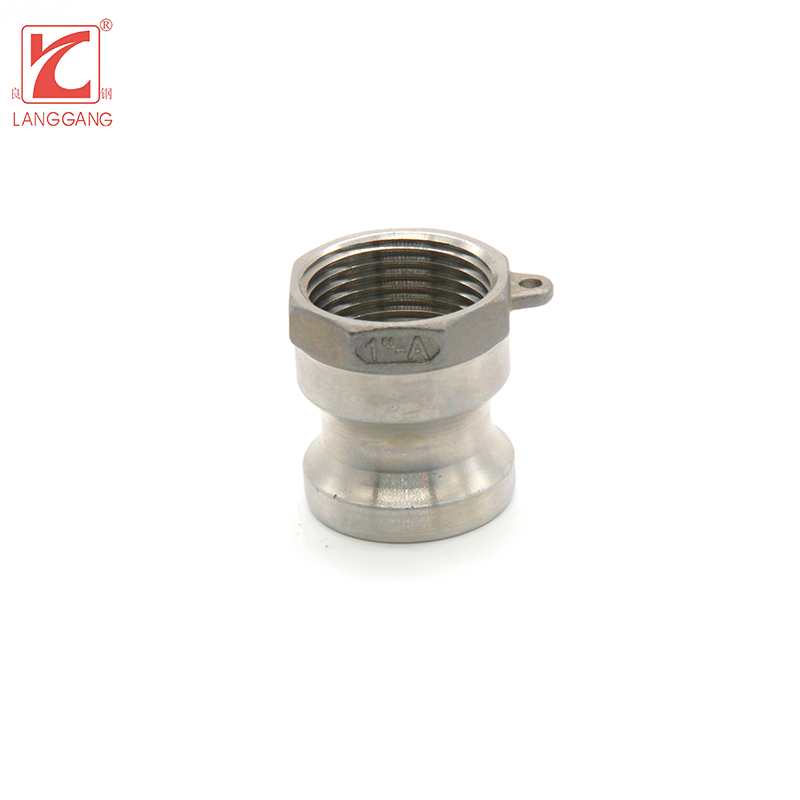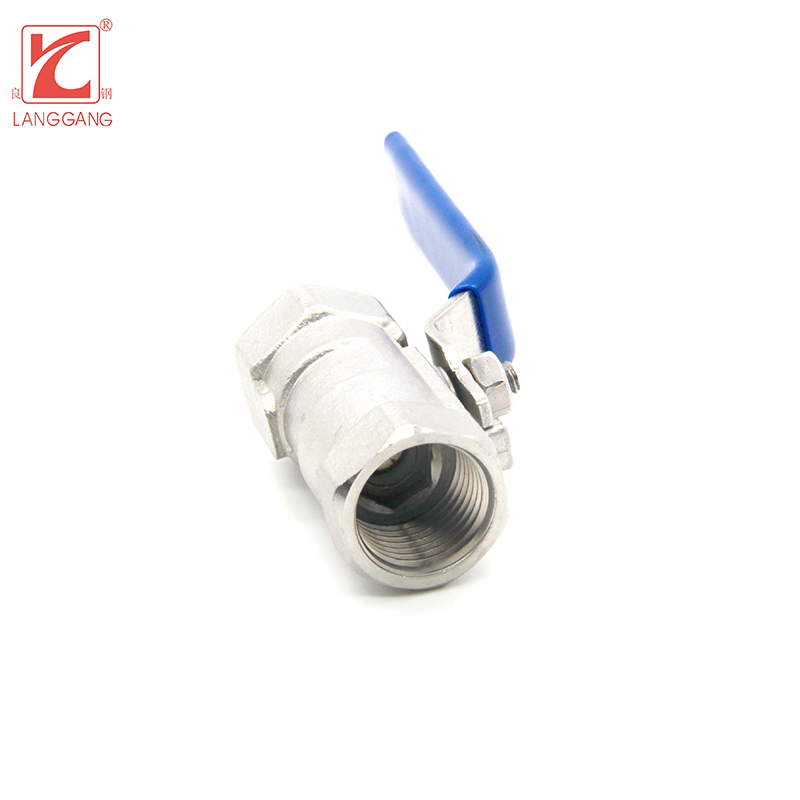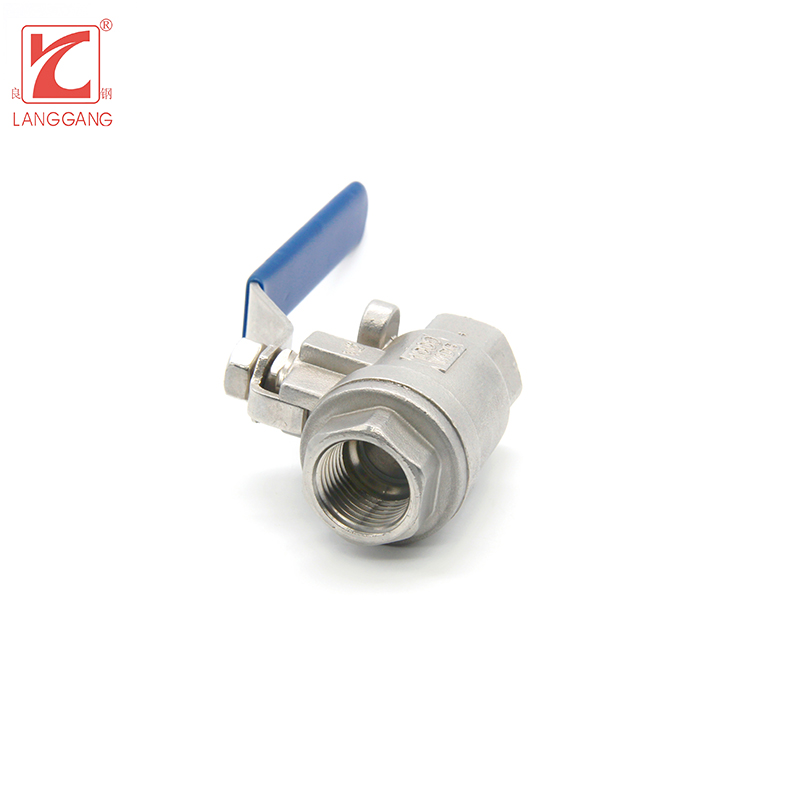Detailed Introduction of Globe Valve
Introduction
A globe valve is a type of valve used for regulating the flow of fluids through a pipeline. It derives its name from the shape of its body, which resembles a globe or sphere. Globe valves are commonly used in industries such as oil and gas, power generation, chemical processing, and water treatment.
The construction of a globe valve consists of three main components: a disc, stem, and body. The disc is a flat or spherical plate that slides across the seat to regulate fluid flow. The stem connects the disc to an external control mechanism that can be turned to open or close the valve. The body of the valve contains an internal passageway through which fluid flows when the valve is open.
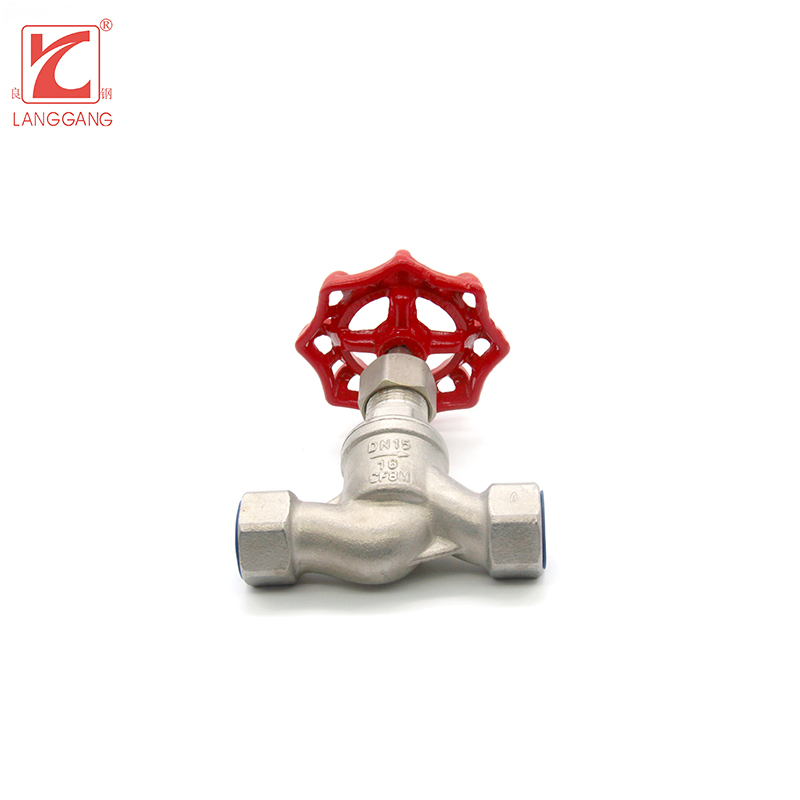
Features in Comparison
Globe valves offer several advantages over other types of valves:
1. Precise flow control: Globe valves provide accurate regulation of fluid flow due to their linear motion design.
2. Good sealing performance: Globe valves have excellent sealing capabilities against leakage due to their tight shut-off capability.
3. Durability: Globe valves are robustly built and can withstand high temperatures, pressures, and corrosive environments.
4. Versatility: Globe valves can handle different types of fluids such as liquids, gases, steam or slurries with varying pressure levels.
However, there are also some limitations associated with globe valves:
1. High cost: Compared to other types of valves like gate or ball valves, globe valves can be more expensive due to their complex design.
2. Restricted flow capacity: Due to their internal structure and relatively small diameter size range (typically up to 12 inches), globe valves may not be suitable for large-scale pipelines requiring high flow rates.
Design
Globe valves can be made from a variety of materials including carbon steel, stainless steel, cast iron or brass depending on the intended use and operating conditions. They consist of four basic parts:
1. Body – The body is the outer casing of the valve and is typically spherical in shape with flanged ends that allow for installation into a pipeline. The interior of the body accommodates the seat and the plug.
2. Seat – The valve seat is the surface against which the plug rests. It forms the seal within the valve body. Seats can be made from different materials such as rubber, metal or plastic depending on the type of fluid being regulated.
3. Plug – The plug is a movable disc-shaped element within the valve that regulates the flow of fluid by moving up and down within the valve body.
4. Stem – The stem connects the plug to the actuator, which allows the valve to be opened and closed.
Types
There are several types of globe valves, including:
1. Straight pattern globe valve: This is the simplest and most common type of globe valve. It features a linear flow path through the valve body, with the disc located directly in the flow path. The stem is typically threaded or bolted to the disc, and the actuator is positioned on the top of the stem. Straight pattern globe valves are suited for applications where minimal resistance to flow is required.
2. Angle pattern globe valve: This type of valve is designed for applications where space is limited. The valve body is angled at 90 degrees, with the inlet and outlet at opposite sides. The disc is mounted at a right angle to the stem, allowing it to be positioned out of the flow path when fully opened. Angle pattern globe valves are ideal for control and throttling applications.
3. Y-pattern globe valve: This type of globe valve features a Y-shaped body, which allows for a greater flow capacity and less pressure drop compared to straight pattern globe valves. The disc is located at an angle to the stem, requiring less travel to open and close the valve. They are well-suited for high-pressure applications and multi-turn actuators.
4. Pressure seal globe valve: This type of globe valve features a pressure-sealing design that provides a superior seal at high pressures. The valve is normally closed by spring force or hydraulic force and opened by high-pressure fluid. Pressure seal globe valves are commonly used in power plants, petrochemical refining, and other industrial environments.
5. Bellows sealed globe valve: Unlike other globe valves, this type uses a flexible bellows element to provide a metal seal. Bellows sealed globe valves are suitable for highly corrosive, toxic, and hazardous applications. They prevent the leakage of fluids into the environment, making them ideal for use in sensitive areas.
Each type of globe valve has its own unique features that make it well-suited for specific applications. Choosing the right type of globe valve is crucial in ensuring optimal performance, reliability, and safety in a piping system.
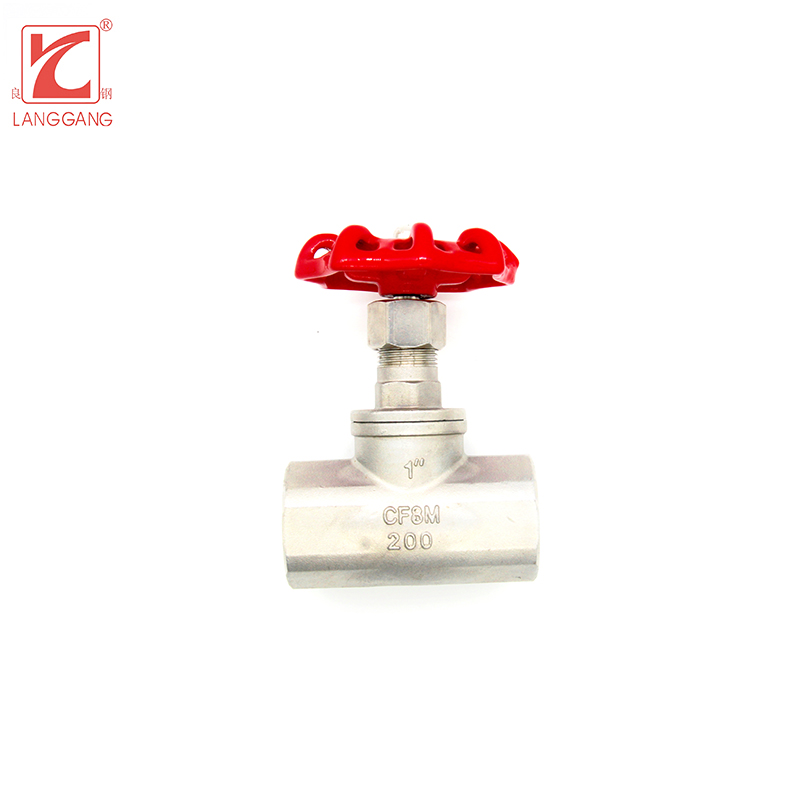
The difference between Gate Valves and Globe Valves
Gate valves and globe valves are both types of valves used to control the flow of fluids in pipelines. However, they differ in their design and operation.
Gate Valve
A gate valve is a type of valve that uses a gate or wedge-shaped disk to control the flow of fluids. The gate is placed between two parallel seats in the valve body, and it can be fully raised or lowered to allow or block the flow of fluid. Gate valves are commonly used for on/off control of fluid flow in large-diameter pipelines.
Some characteristics of gate valves are:
- They have a straight-through flow path that minimizes pressure drop when fully open.
- They are typically only used in fully open or fully closed positions, and are not suitable for regulating flow.
- They are designed to operate slowly, making them less suitable for applications where rapid opening or closing is required.
Globe Valve
In contrast, a globe valve has a disc that moves perpendicular to the flow direction to control the flow of fluid. The disc is connected to a stem that passes through the valve body and into an actuator mechanism that is used to control the movement of the disc. Globe valves are used for regulating, throttling, and controlling fluid flow in smaller-diameter pipelines.
Some characteristics of globe valves are:
- They have a more complex construction than gate valves, with many internal components that can wear over time.
- They have a higher pressure drop than gate valves because of the angles and curves in their flow paths.
- They are designed to operate quickly, making them suitable for applications where rapid adjustment of flow is required.
In summary, gate valves are better suited for on/off control of fluid flow in larger pipes, whereas globe valves are better for regulating flow in smaller pipes.
Conclusion
Globe valves are a popular choice for regulating fluid flow in various industries due to their precise control capabilities and durability. Understanding the specific application requirements and choosing the appropriate type of globe valve can ensure optimal performance and cost-effectiveness.
LGfittingvalve is a professional Globe Valve manufacture provides all kinds of Stainless Steel pipe fittings and valves.We use stainless steel to produce Globe Valve,ensuring its maximum durability. Feel free to contact us if you are looking for Globe Valve for your project or store.


